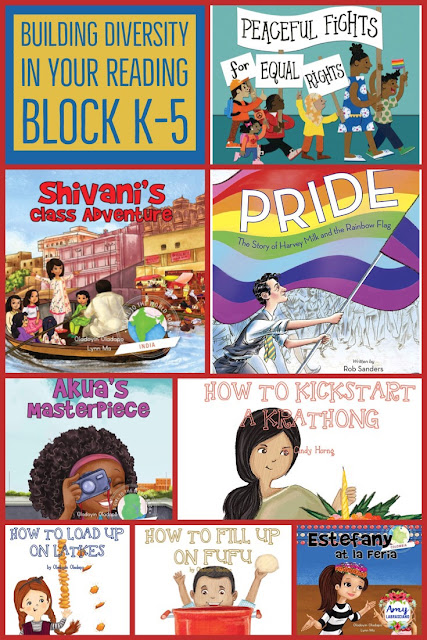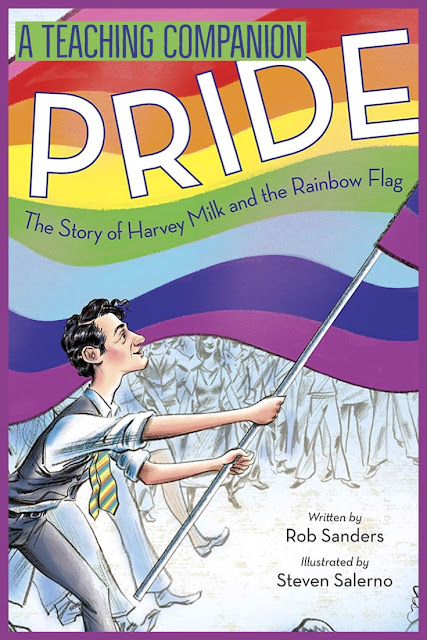Let's look at some statistics:
We currently have 37% of people of color in the U.S.
11% of children's books contain multicultural themes or people.
Less than 6% of children's authors are: black, latino or native.
I wasn't able to find statistics on diverse family structures, sexual orientation, etc, but any teacher can tell you the percentage isn't very high.
40% of books about native Americans were written by Native American authors.
61% of books about Latinos were written by Latino people.
89% of books about Asian people were written by Asian authors.
25.5% of books about African American people were written by African American authors.
The most promising statistic that I could find is that since 2013 diverse children's books have risen from 14% to 28% closing in the gap. This information was found at blog.leeandlow.com.
Filling our classrooms with diverse books makes all children feel included. Books that represent our students and their lives are important in helping to teach children to explore their own bias. You can discuss these feelings during classroom discussion while being careful not to interject with your beliefs. We should also have books that teach children about diverse backgrounds and cultures. In order to do this you can feature: different races, religions, countries, abilities, and familial structures.
When choosing books you will look at two kinds:
One kind represents a student in your class. (internal)
The other kind allows students to look at people and cultures different from them. (external)
Most of the time, one book will mean different things to the children in your classroom.
Below you will find several resources to help you find different diverse book titles for your classroom. Rob Sanders has included two teaching companions to help guide your instruction with two of his book. I have pictured some of my favorites in the boxes below. Lately my students have been drawn to the World Series by Oladoyin Oladapo. She writes the most amazing books from dozens of countries around the world. They are realistic fiction and teach students about different cultures in an engaging way.
Some of the ways that you can get diverse books into your classroom are:
-local library
-write grants (check your school district for availability)
-Donors Choose
-Garage Sales
-Good will
-Thrift Store
-Used on Amazon
Once you have the books, incorporating them into your reading block is relatively simple. If your district sets out plans for you to follow, considering swapping out some book titles for more diverse ones while following the plans. For example, we could compare "Pride" to a magazine article about Harvey Milk. Compare and contrast the different formats while following standards and including student interest. If you are left to your own plans, even better! Make sure to keep track of what books you are teaching so that you can have a visual to help guide your choices.
To find a list of LGBTQ+ friendly book for the classroom click here.
It's also relatively simple to bring social studies into the classroom through reading and writing with informational text. We hold a culture fair every year that allows students to explore several different cultures. Parents are invited to come speak to the students about their cultures. We do this during our reading and writing block and no instructional time is lost. You can find information on the culture fair below.
A quick recap of take aways that you can implement immediately:
-quiz yourself to find your bias
-find diverse books
-easily use your old lessons or district guidelines while just swapping out titles for more diverse ones
If you have any questions at all, please feel free to email me.


















